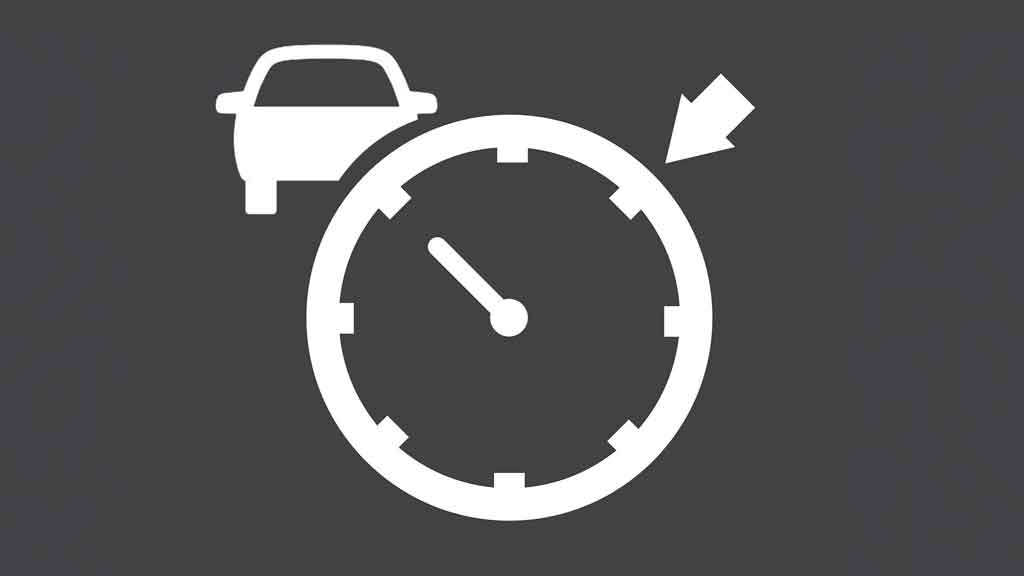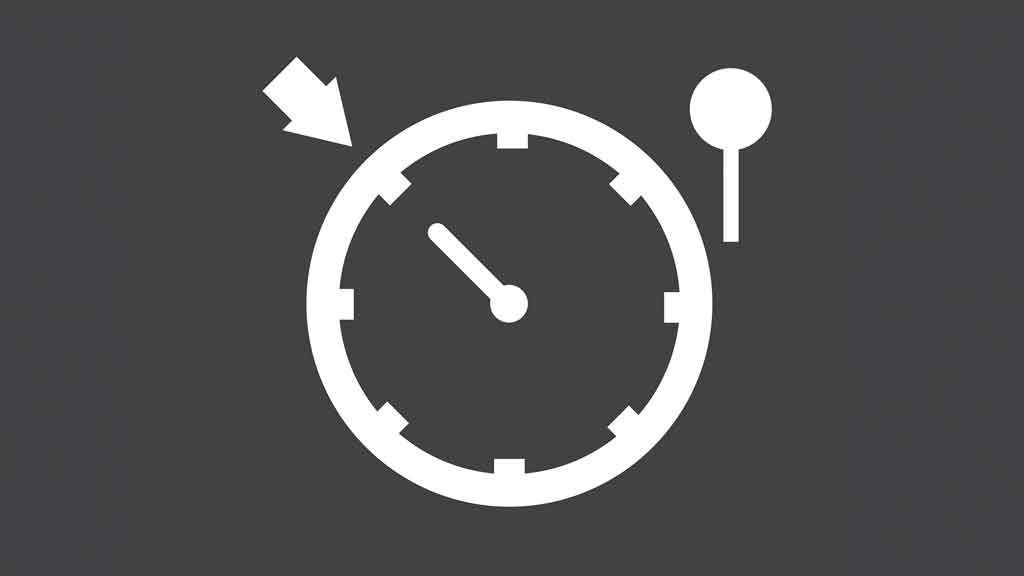Cruise control is a helpful tool in improving the driving experience, with benefits for you the driver as well as your car - but how does it work and are there different kinds of cruise control?
What is cruise control?
Cruise control is a feature that allows you to set certain speed conditions on your vehicle, i.e. you can set your vehicle to 70mph on the motorway and you can then take your foot off the pedal. This makes driving more comfortable, particularly on longer journeys.
Cruise control has other benefits in that the consistent speed is more beneficial for your fuel consumption, and it can stop you from accidentally going over the speed limit, saving you money on speeding fines.
Cruise control is best used on motorways and A roads as they're generally not too hindered by stops or turns.
What are the different types of cruise control?
Conventional cruise control

Conventional cruise control is the kind of cruise control discussed above and allows the driver to set their vehicle to drive at a specific speed.
Adaptive cruise control (ACC)

Adaptive cruise control (ACC) is a smarter technology than conventional cruise control. As well as setting your desired speed, you can also set a preferred following distance. This refers to how much space is between your car and the car in front. When you have adaptive cruise control activated, your car will travel at the speed you set, unless the car in front is going more slowly, in which case your car will automatically slow down to match the speed of the car in front.
For instance, if you were to set your car to a speed of 70mph and the car in front of you was doing 65mph, your car would automatically drop to 65mph. If the car in front of you was doing 75mph, your car would stay at 70mph. Once the car in front of you moves out of your lane or accelerates beyond your set speed, your car will return to the speed you have set.
Speed limiter

A speed limiter works a little differently from cruise control because it still requires you to keep your foot on the accelerator, but it stops you from going over a set speed. If you were to set your speed limiter to 70mph, you would not be able to go over that speed. The only exception to this is when you may be going down a steep hill or in wet, slippery conditions; in both cases, you should pay extra attention to your speed and driving.

What's the difference between conventional cruise control and adaptive cruise control?
Conventional cruise control will keep you at a set speed the entire time it's activated while adaptive cruise control will slow the car down when it detects a car in front of it, adapting to the speed of that vehicle.
How do I use cruise control?
The specific mechanisms will vary slightly from car to car, but generally speaking, there is an on/off toggle as well as buttons to increase or decrease the speed. These buttons are typically located on or just behind the steering wheel. On cars with adaptive cruise control settings, you'll also be able to specify your minimum following distance.
When you have reached your desired speed (or thereabouts) you can activate cruise control via the on/off toggle, then use the up/down buttons to set your exact desired speed. Continue to watch the road, steer and indicate as you normally would, and you can either use the brake or the on/off toggle to deactivate the cruise control setting.
Refer to your owner's manual for the specific location and operating instructions for your vehicle's cruise control. Ask our friendly team to show you when collecting your next car or van, we would be happy to help!
When shouldn't I use cruise control?
Although cruise control is a very helpful feature, there are some circumstances when you shouldn't use it. These are situations when it's difficult or unsafe to maintain a constant speed, such as on winding roads (or any blind corners), in heavy traffic, going downhill or when approaching bridges with blind spots.
You should also avoid using cruise control on slippery roads or when you're tired - not having to manage the speed of your vehicle can make it easier to fall asleep behind the wheel.
Cruise control with Carbase
If you're thinking of buying a pre-loved car with cruise control, take a look at our cars with cruise control and adaptive cruise control now.
More Useful Articles

Reduce Your Fuel Consumption
reduce your fuel consumption, so you're at the pumps less frequently. Below are some top tips on how to improve your fuel efficiency ...

Caring For Your Tyres
Tyres are the only part of your vehicle that touches the ground, meaning they are responsible for your steering, braking and accelerating ...

5 Simple Maintenance Tips
Here, we provide five simple tips for your car maintenance checklist, to help keep your pride and joy in tip-top condition. ...
